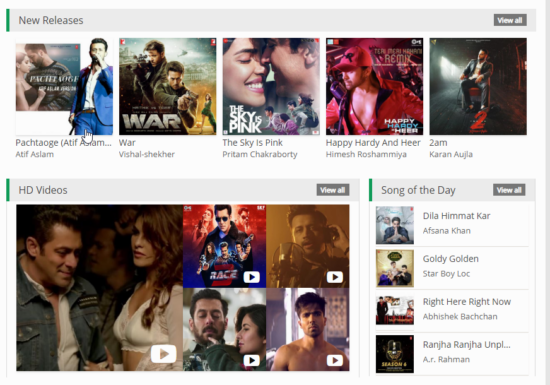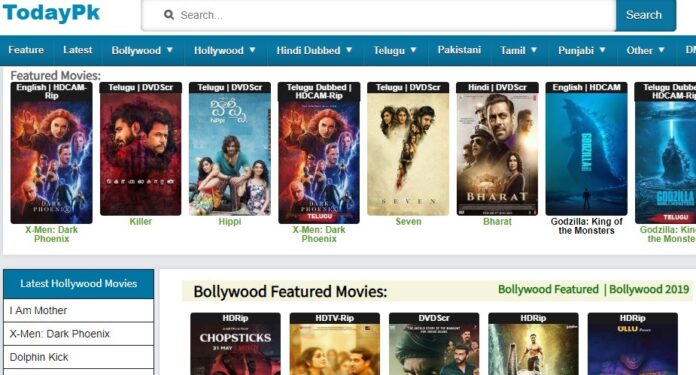Time theft is the silent killer of workplace productivity—subtle, pervasive, and incredibly costly. Whether intentional or accidental, it can have a profound impact on your company’s bottom line. But here’s the catch: cracking down on time theft without alienating employees or creating a culture of mistrust is a delicate balancing act. That’s where the right workforce time management software comes into play—a tool that promotes transparency and accuracy without igniting office drama.
What Exactly Is Time Theft?
All Heading
Time theft occurs when employees get paid for hours they haven’t actually worked. It can happen in several ways, including:
- Buddy punching – When one employee clocks in or out on behalf of another.
- Long breaks – Taking longer lunches or breaks than what’s allowed.
- Personal activities during work hours – Browsing social media, running errands, or attending to personal matters instead of work tasks.
- Late starts and early finishes – Arriving late or leaving early while reporting full hours.
Whatever the method, the end result is the same: lost productivity and inflated labor costs. According to the American Payroll Association, time theft can cost an estimated 4.5 hours per employee per week. Multiply that across a workforce, and the loss becomes staggering.
Why Traditional Methods Cause Friction
Most managers naturally want to clamp down on time theft—but traditional methods often backfire. Micromanagement, aggressive surveillance, or punitive time-tracking policies can breed resentment and lower morale. Workers feel distrusted and undervalued, which can lead to higher turnover and even less productivity.
So how do you tackle the issue without starting drama?
The Role of Workforce Time Management Software
Modern workforce time management solutions offer a powerful way to ensure time tracking is accurate, efficient, and drama-free. These advanced systems don’t just capture when employees clock in and out—they facilitate accountability and provide actionable data for both employers and workers.
Here’s how these tools stop time theft while maintaining a positive workplace vibe:
1. Seamless and Smart Clock-In Options
Gone are the days of old-fashioned punch cards. Today’s software solutions provide a range of intelligent clock-in methods:
- Biometric verification – Fingerprint or facial recognition to eliminate buddy punching.
- Mobile clock-ins – GPS tracking matched with geofencing ensures employees are on-site when clocking in.
- Desktop/browser login tracking – Great for remote teams, it logs work hours by when users log into workstations or cloud systems.
These options offer flexibility for employees and peace of mind for employers.
2. Clear and Transparent Time Logs
One reason time theft can lead to workplace drama is the sheer ambiguity of traditional logging systems. With time management software, logs are made crystal clear. Employees can view their own hours, breaks, and overtime in real time. Many platforms even send push notifications reminding them to clock in or out.
Transparency reduces friction—when employees can see their own time records, disputes become rare, and accountability becomes a shared responsibility.
3. Set Rules and Automated Alerts
Every company is unique in terms of its policies around breaks, overtime, and shift schedules. Good time management software lets managers set these parameters within the system. From there, automation kicks in:
- Automatic flagging of missed punches
- Alerts for unscheduled absences
- Notifications when breaks exceed set lengths
This ensures compliance without needing a manager to breathe down anyone’s neck. It’s technology doing the policing—not people.
4. Data-Driven Decision Making
With historical data at your fingertips, it’s easier to spot trends like chronic tardiness or consistent early departures. Rather than jumping to conclusions, you can bring up concerns in a factual, neutral way. No need for accusations—just data-backed conversations that open doors to real solutions.
Managers can also use this data to improve shift scheduling, forecast overtime, and better manage workloads, ultimately creating a more balanced environment for everyone.
Creating a Culture of Accountability (Without a Culture Shock)
For time management software to truly be effective, it shouldn’t be seen as a tool for surveillance—it should be seen as a tool for empowerment. It’s critical how the software is introduced to your team.
Here are a few tips for a smooth rollout:
- Communicate the benefits – Make it clear the system protects both the company and employees.
- Offer training – Help employees feel confident using the system so they know how to correct errors and stay compliant.
- Be transparent – Explain how the software works and what data it captures.
- Give feedback loops – Encourage employees to suggest improvements or highlight unfair policies. Listening goes a long way.

When implemented with empathy and openness, time tracking becomes a trust-building tool, not just a control mechanism.
Features to Look For in Workforce Time Management Software
Not all systems are created equal. Look for platforms that balance functionality with ease-of-use. Here are some must-have features:
- Mobile compatibility – Useful for distributed or on-the-go teams.
- Biometric integrations – Reduces fraud significantly.
- Geofencing and GPS tracking – Ensures workers are where they say they are.
- Custom rule settings – Allows you to tailor the software to meet your policies and industry requirements.
- Real-time alerts and notifications – Keeps everyone informed and accountable.
- Cloud-based storage with data export options – Allows for widespread accessibility and reporting.
Many modern solutions even integrate with payroll, HR systems, and project management platforms to provide a complete operational ecosystem.
Balancing Trust and Accountability
It’s important to understand that time theft isn’t always malicious. Sometimes it’s down to forgetfulness, system limitations, or misunderstood policies. Creating a workplace that values both trust and accountability is vital—and workforce time management software is the bridge between the two.
Think of these platforms not only as tracking tools, but also as a means to:
- Reduce administrative burden for HR and managers
- Empower employees with visibility over their work hours
- Create a reliable and auditable record of hours worked
- Foster honest conversations about performance and expectations
Conclusion: Time to Rethink Time
Time theft is a complex challenge, but it doesn’t need to be a contentious one. With the right software and the right approach, you can protect your business while maintaining a supportive, transparent work environment. Today’s smart workforce time management tools allow organizations to promote fairness, save costs, and enhance productivity—without igniting a single spark of office drama.
Time is your most valuable resource. With the right systems in place, you can make sure it’s used wisely—and ethically—every single day.











Recent Comments